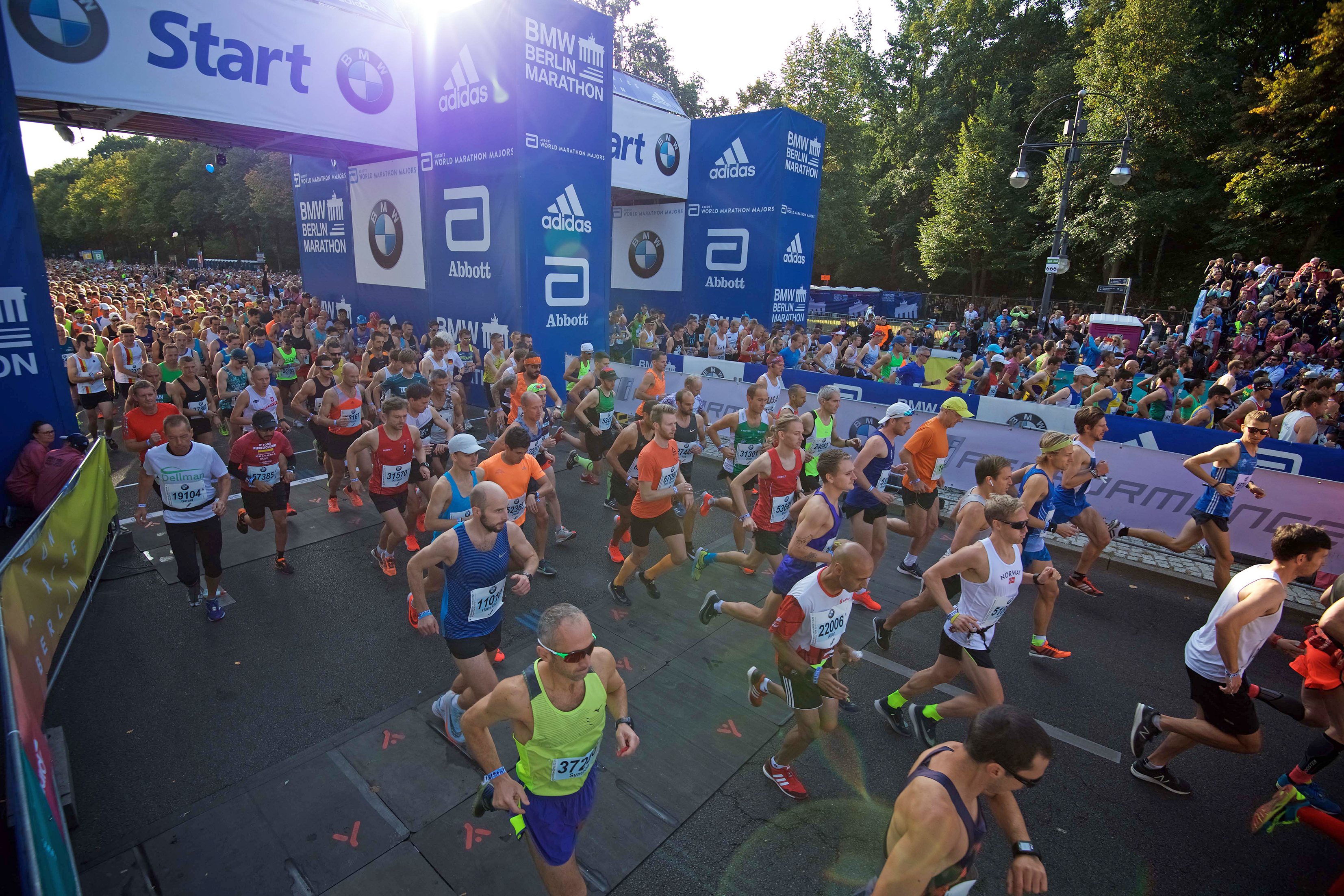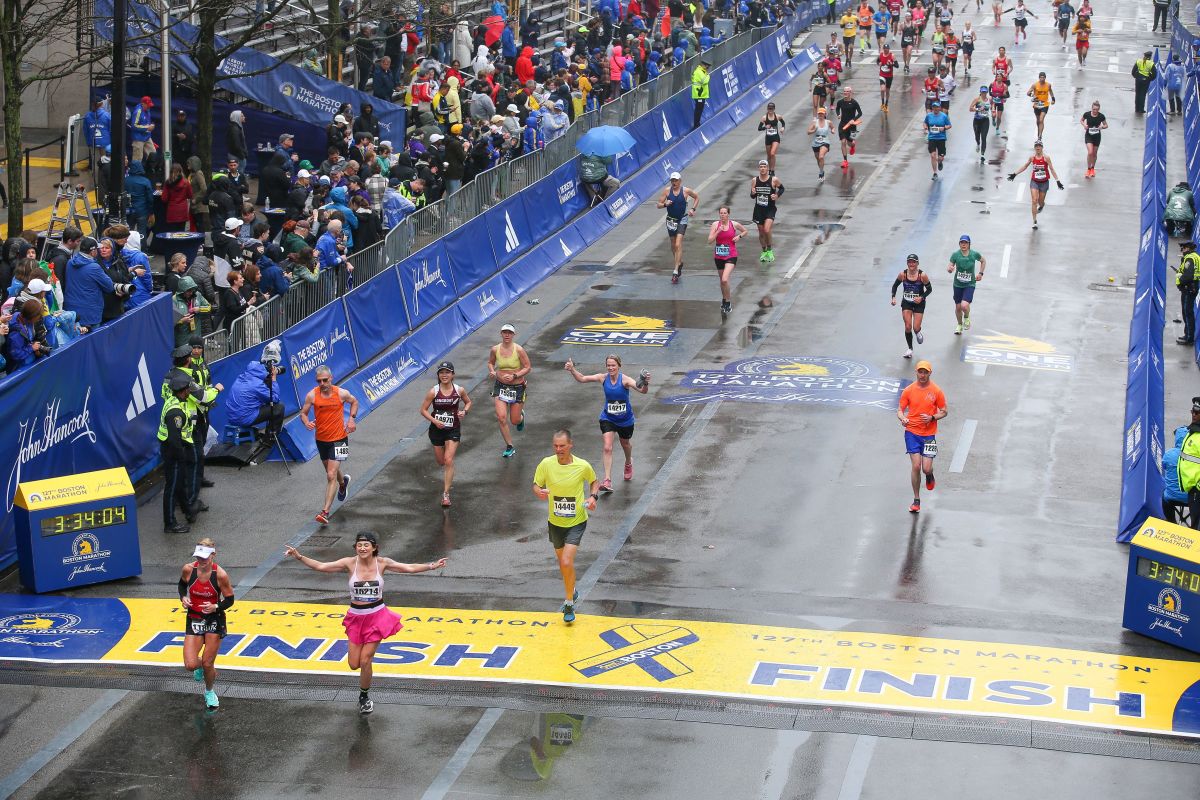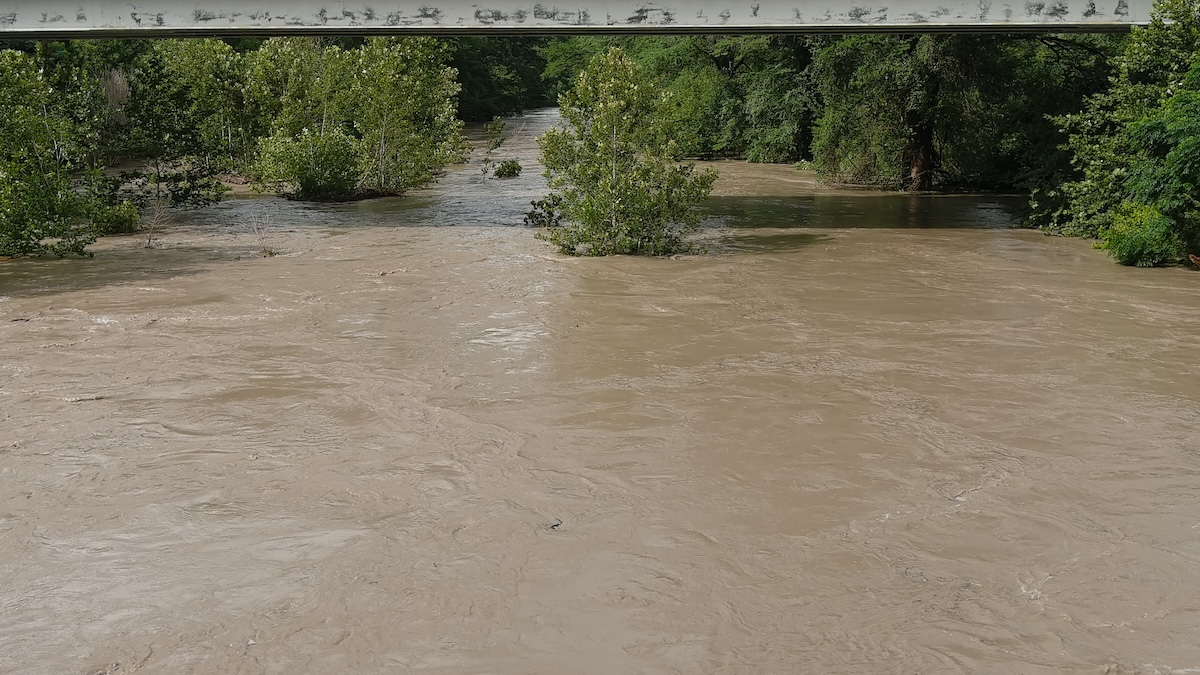

Ramping up in distance from a 5k to a marathon is a significant step, and it requires careful planning and gradual progression to avoid injuries and ensure success. I’ve been running ultras for almost 10 years, and have had my fair share of learnings from training and racing. Below, I will share some key guidelines as well as an interview with coach Megan Flanagan. Megan coaches both strength and running through the Mountain Endurance Team. She is a UESCA Ultra Running Coach, Lydiard Level II Certified Running Coach, and USA Track and Field Level I Coach.
Videos by Outdoors

The Basics: Increasing Your Distance, Gradually
Build a Running Base
Building your aerobic base is one the most important things you can do when aiming for a longer race. Generally, building this base will help you get stronger and build your endurance so you can handle longer, slower efforts.
Set Realistic Goals
Establish realistic short-term and long-term goals. Consider running a 10k and a half marathon before attempting a full marathon. This allows you to gain experience with longer distances.
Increase Mileage Gradually
Gradually increase your weekly mileage by no more than 10% each week. This helps prevent overuse injuries and allows your body to adapt to the increased workload.
Consistent Running
Aim for at least 3-4 days of running per week. Include a mix of easy runs, tempo runs, interval training, and a long run.
Long Runs

Incorporate a weekly long run into your training. Increase the distance of your long run by 1-2 miles every 1-2 weeks. Every 3-4 weeks, scale back the distance to allow for recovery.
Cross-Training
Include cross-training activities like swimming, cycling, or strength training to enhance overall fitness and reduce the risk of injury.
Rest and Recovery
Allow your body time to recover by scheduling rest days into your training plan. Listen to your body, and if you feel fatigued or notice any signs of injury, take extra rest.
Nutrition and Hydration
Pay attention to your nutrition and hydration. Proper fueling is crucial for longer distances when conducting 5k to marathon training. Experiment with nutrition during your long runs to find what works best for you.
Practice Race Conditions
As you approach longer distances, simulate race conditions during your training. This includes practicing your nutrition and hydration strategies and running at your goal marathon pace.
Tapering
In the weeks leading up to the marathon, gradually decrease your mileage to allow your body to recover and be fresh on race day.
Mindset
Develop a positive mindset. Mental strength is crucial for marathon training. Visualize success, break the race into smaller, manageable segments, and stay focused on your goals.
Race Day Planning
Plan your race day strategy, including pacing, nutrition, and hydration. And stick to a pace that allows you to finish strong, especially considering the longer distance.
Further, it’s important to remember everyone’s body responds differently to training, so be attentive to how your body feels and make adjustments as needed. If possible, consult with a coach or an experienced runner for personalized advice based on your specific circumstances.

5k to Marathon Training: Interview with Coach Megan Flanagan
Outdoors.com: What are some of the most important considerations to consider when going from 5k to marathon?
Flanagan: Building your aerobic base to become stronger by incorporating longer tempo runs is important. This will help you be able to run longer, slower runs and stay healthy as your mileage increases. You should also determine your marathon pace, which could be based off of a half marathon effort, or hire a coach to help you.
Outdoors.com: What are some of the main differences to think about between road and trail races?
Flanagan: Terrain navigation is key. A trail will likely be more technical. Strength training and increased power output are also more important on trail. Lastly, make sure you start training by effort not pace because trails and the variability in terrain will affect your overall pace.
Outdoors.com: How does strength training fit into a 5k to marathon training program?
Flanagan: With a 5k, the emphasis is more on plyometrics and power—specifically, the ability to bound off the ground quickly. Because of this, for a 5k you should lift heavy and focus on pure strength. On the other hand, for a marathon, the focus should be on muscular endurance since you need to be able to keep running at a moderate pace for hours, not minutes. Make sure to work on muscle imbalances, specifically with your quads/hamstrings. Working with a strength coach is a great way to figure out the best training plan.
Outdoors.com: What are some key nutritional considerations for long-distance runners?
Flanagan: Pre- and post-run fuel is always important, but with a 5k, intra-fuel (during the run) is not as important. With marathon training and racing, it is essential to prioritize nutrition. The usual recommendation is fueling every 30-45 minutes, but this will vary by person.
Focus on easily digestible carbohydrates and practice a lot to find what works for you. For example, some runners find that liquid fuel is better, but some find they need a solid fuel to feel satiated. Working with a registered dietitian or even a one-time nutrition consult can help you get started with fueling properly.
Outdoors.com: What are some good resources to check out?
Flanagan: There’s no one-size-fits-all approach to marathon training. Whether you hire a coach or not, it is a good idea to expose yourself to many different training methodologies. A few I suggest checking out are: Hal Higdon, Hansen, Jack Johnson, and, if your focus is on a trail marathon, take a look at the book Training for the Uphill Athlete.









